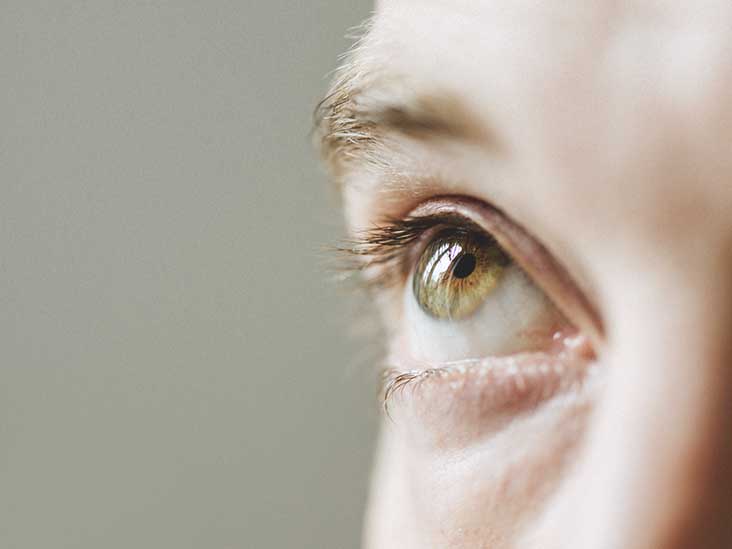
Retinal vein occlusions (blockages) and retinal artery occlusions have been reported, but these complications are rare and seem to be more related with CNS lupus. For individuals with severe retinal vascular disease, the prognosis for vision is poor. Retinal blood vessel changes are due to lack of adequate blood supply to this delicate tissue, and may cause decreased vision ranging from mild to severe. The presence of these lesions seems to correlate with active disease. The lowest incidence reported is three percent, seen in outpatient clinics, and the highest is 28 percent in those hospitalized for lupus-related complications. The occurrence in lupus can vary depending on the population studied. This is the most common form of eye involvement in lupus. Retinal vascular lesions (blood vessel changes in the retina) Scleritis occurs in approximately one percent of people with lupus and may be the first sign of the disease. This painful red eye condition is caused by inflammation in the white scleral (outer) layer of the eye. The dry eye that is seen in lupus cannot be distinguished from other dry eye conditions. Advanced cases of dry eyes may result in damage to the front surface of the eye and impaired vision. Typical symptoms are irritated, gritty, scratchy, or burning eyes, a feeling of something in the eyes, excess watering, and blurred vision. 
(Primary Sjogren’s syndrome is a systemic disease that, like lupus, can affect many parts of the body.) Approximately 20 percent of people with lupus also have secondary Sjogren’s syndrome, a condition in which the tear glands do not produce sufficient tears to lubricate and nourish the eyes the other moisture-producing glands are similarly affected.Scarring may result in deformities along the edge of the eyelids.There are typically no symptoms, but occasional burning and itching may occur.
Aching eyeballs skin#
The skin lesion is well-defined, slightly raised, scaly, and misformed (atrophic).This is most often related to the discoid lupus erythematosus form of cutaneous lupus.

Involvement of the skin around the eyelids The effects lupus may have in and around the eyes include: changes in the skin around the eyelids, dry eyes, inflammation of the white outer layer of the eyeball, blood vessel changes in the retina, and damage to nerves controlling eye movement and affecting vision. The clinical course is unpredictable and is characterized by periods of remissions and flares, which may be acute or chronic.

Lupus most often affects the heart, joints, skin, lungs, blood vessels, kidneys and central nervous system (CNS). Systemic lupus is a chronic autoimmune disease that can affect any part of the body, including the eyes.







 0 kommentar(er)
0 kommentar(er)
